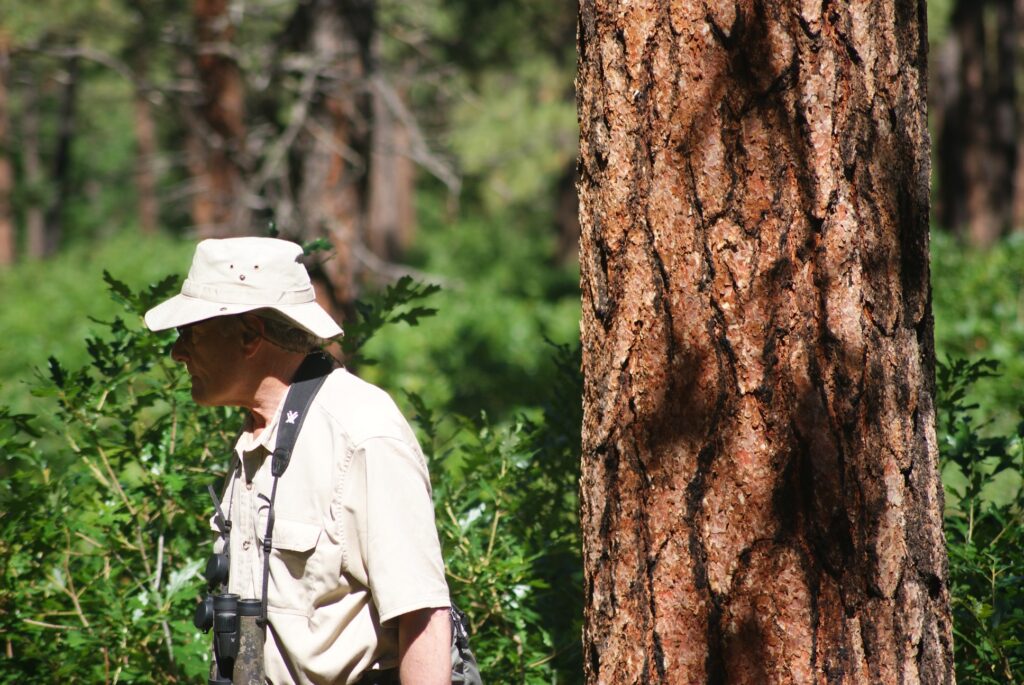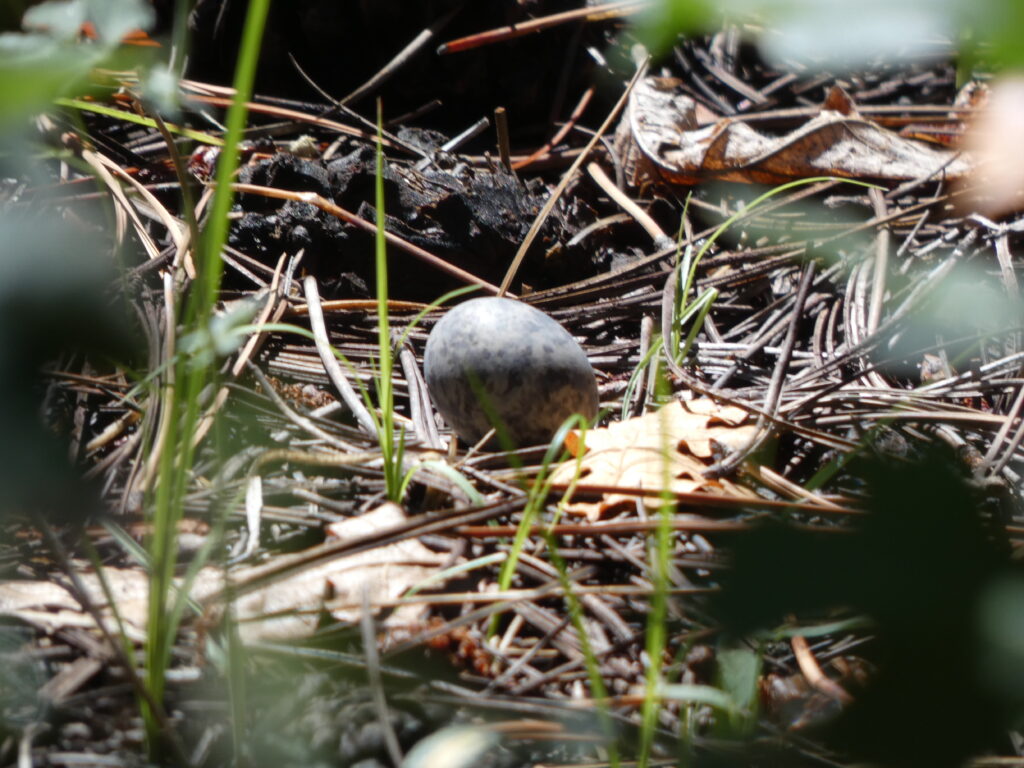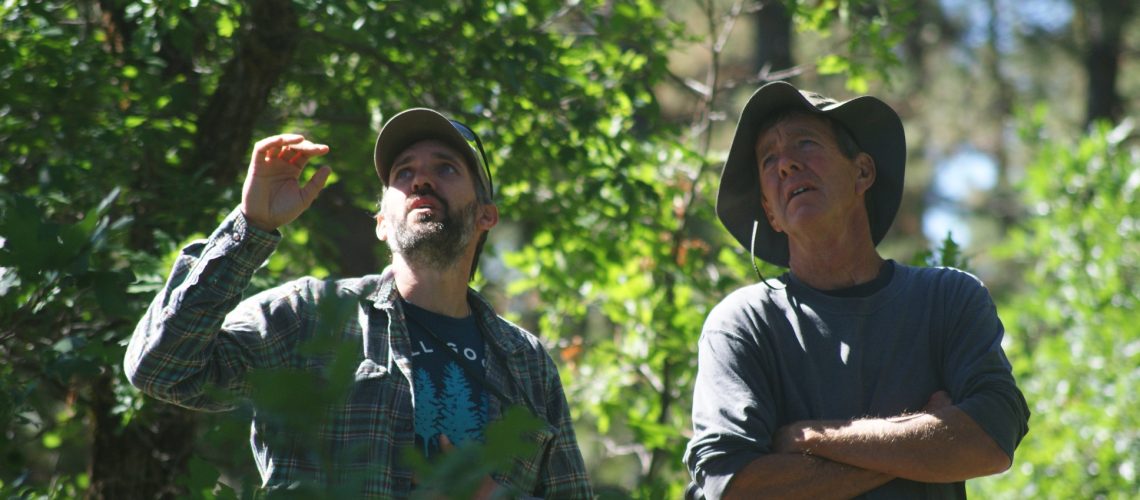Assessing the quality of bird habitat is nuanced. The density of trees, the presence or lack of fire, and tree species diversity all contribute to conditions that can be favorable or detrimental to different bird species.
What if we turned that concept around? Instead of looking at the forest for its suitability for birds, we could observe birds to see how suitable they find the conditions in the forest. When changes occur in the forest, such as wildfire, prescribed burning, climate change or thinning in dense areas, birds can let us know how they were impacted and what those changes mean for a thriving forest community.

That’s exactly what the Weminuche Audubon Society has taken on in their citizen science work and something that folks from San Juan Headwaters Forest Health Partnership joined together to learn about in late June. Participants went to Jackson Mountain and Fawn Gulch near Pagosa Springs in the 2-3-2 landscape and learned about the connection between forest management and birds and how data gathered by the Weminuche Audubon Society can help inform those management decisions.
Attendees took the time to do some birding, visiting a couple monitoring sites and observing birds and their songs. Go here to watch a video about their 5th Year Monitoring Report and check out this music inspired by birdsongs.


